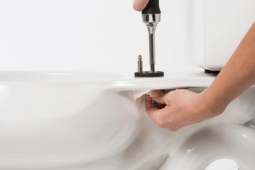Simple Maintenance Tips to Keep Your Bench Vise Grip Working Smoothly
A bench vise is an essential tool in many workshops, providing a sturdy grip for materials while you saw, sand, or shape them. Over time, however, even the toughest vise can lose its grip or become harder to operate due to wear, dirt, or rust. Regular maintenance can keep your vise working smoothly for years to come, and it doesn’t have to be complicated. Here are some straightforward tips to help you maintain your bench vise grip and ensure it stays in top condition.
Regularly Clean and Inspect Your Bench Vise
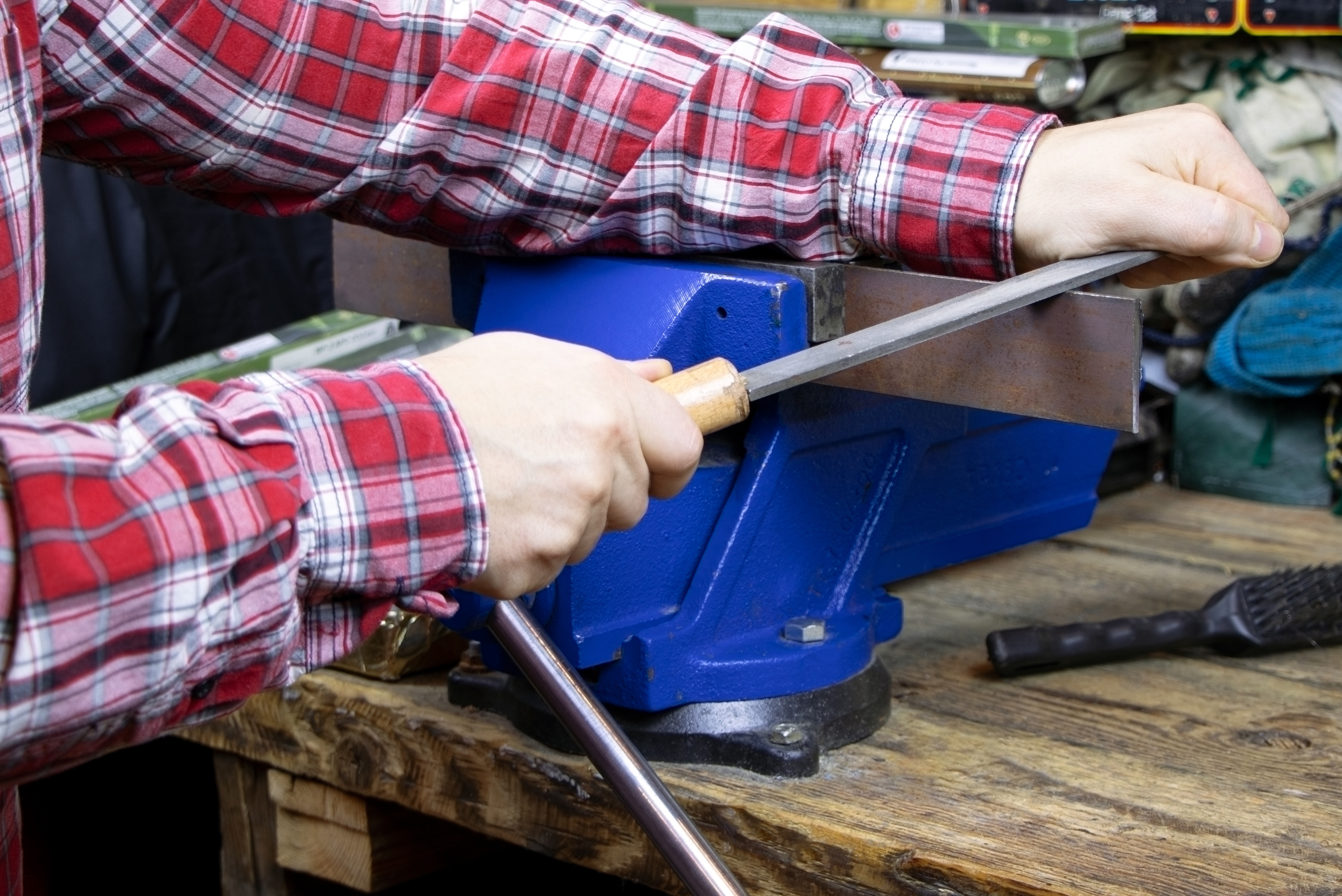
Cleaning your bench vise is one of the simplest yet most effective ways to maintain its functionality. Start by wiping down the surfaces with a clean, dry cloth to remove sawdust, metal shavings, and other debris that can accumulate during use. Periodically, use a stiff brush to scrub around the jaws and handle to eliminate any hard-to-remove grime. If necessary, a mild solvent can be used to dislodge stubborn buildup, especially around moving parts.
After cleaning, take a moment to inspect the vise for any signs of wear or damage. Check the jaws for cracks, and examine the screw and sliding surfaces for wear. By catching early signs of damage, you can prevent small issues from turning into major repairs. If you notice deep scratches or wear, it may be worth applying a bit of lubrication to keep everything moving smoothly.
Apply Lubrication to Key Parts
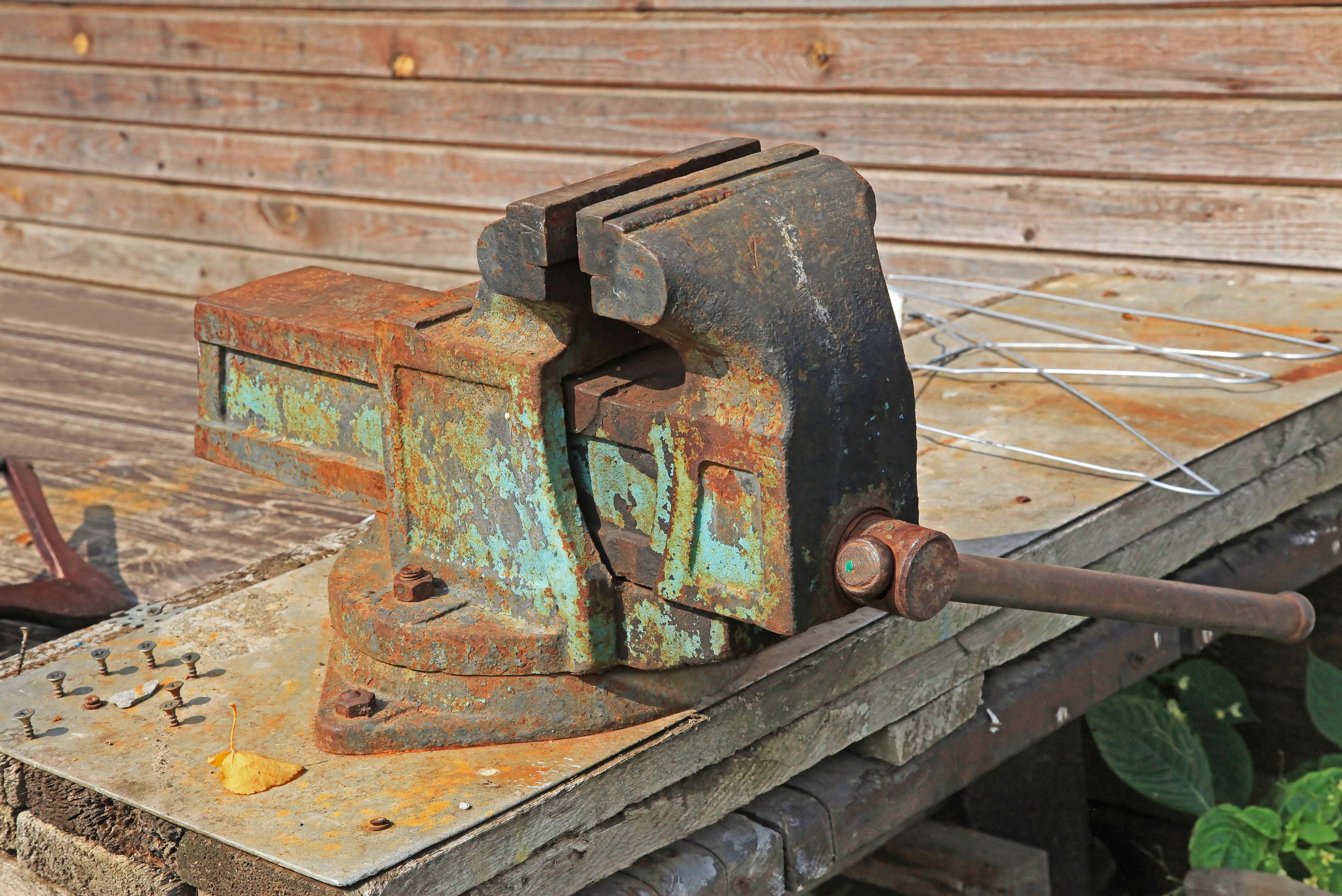
Keeping your bench vise properly lubricated is essential for smooth operation. Start by applying a small amount of grease or oil to the main screw and handle. This lubrication reduces friction and allows the vise to open and close smoothly. Focus on using a lightweight oil or grease that doesn’t attract dust, as heavier lubricants can actually lead to more buildup over time.
To ensure thorough lubrication, move the handle back and forth to distribute the oil evenly along the screw. Lubricate the sliding surfaces as well, but use only a light coating to avoid excess buildup. Regular lubrication every few months—or more frequently if you use your vise heavily—will help prevent seizing and make it easier to operate.
Protect Against Rust
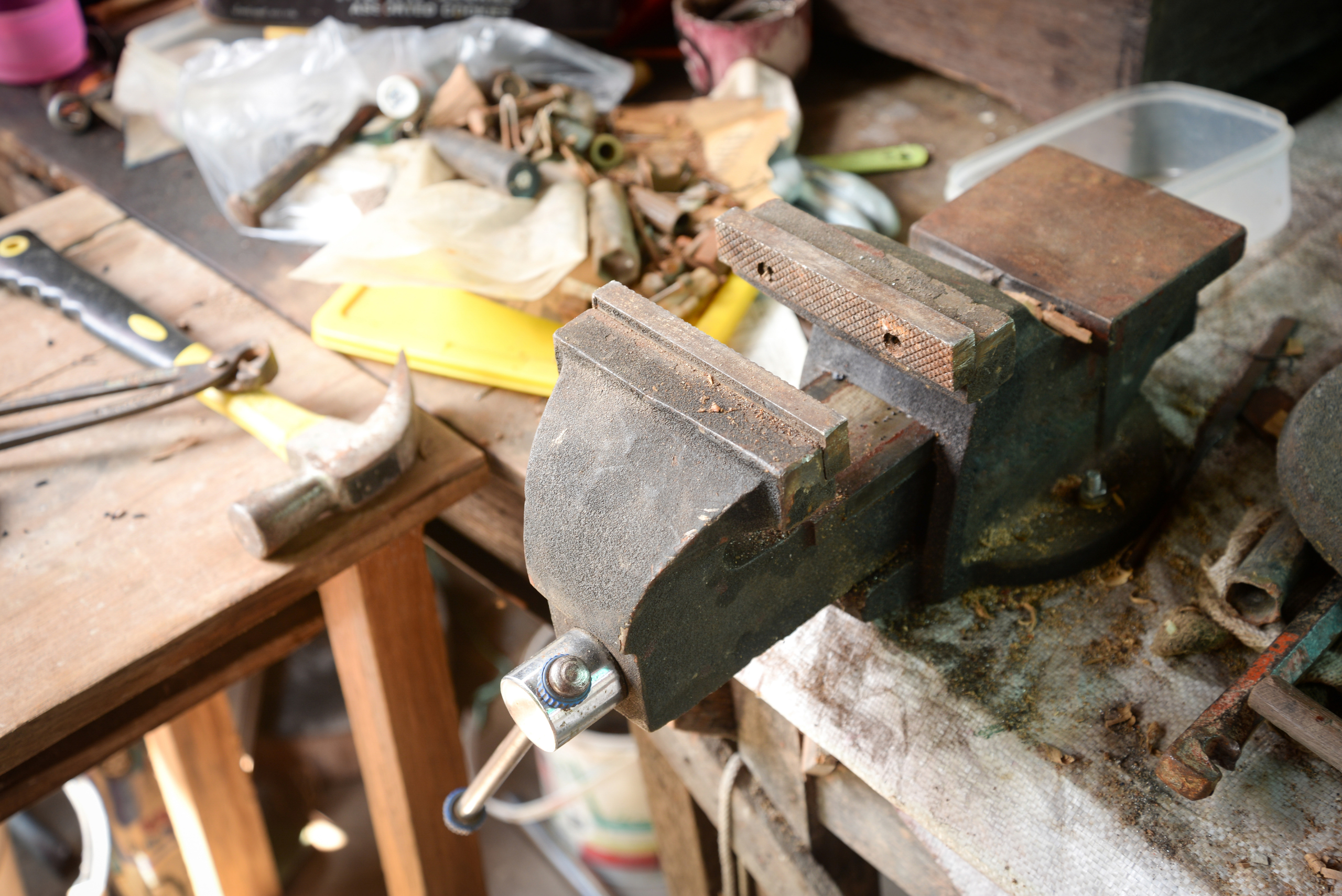
Rust is one of the most common enemies of bench vises, particularly if your workshop experiences high humidity. To combat rust, regularly wipe down your vise with an oil-treated cloth or apply a rust inhibitor. After each use, you can also cover the vise with a cloth or plastic bag to shield it from moisture and dust, which can contribute to corrosion over time.
For vises already showing signs of rust, you can use fine sandpaper or a wire brush to gently remove it. Follow up with a rust-protective oil to prevent new rust from forming. Making these steps part of your routine can add years to your vise’s life, keeping it in working order through even the toughest projects.
Adjust the Jaws and Tighten Loose Bolts
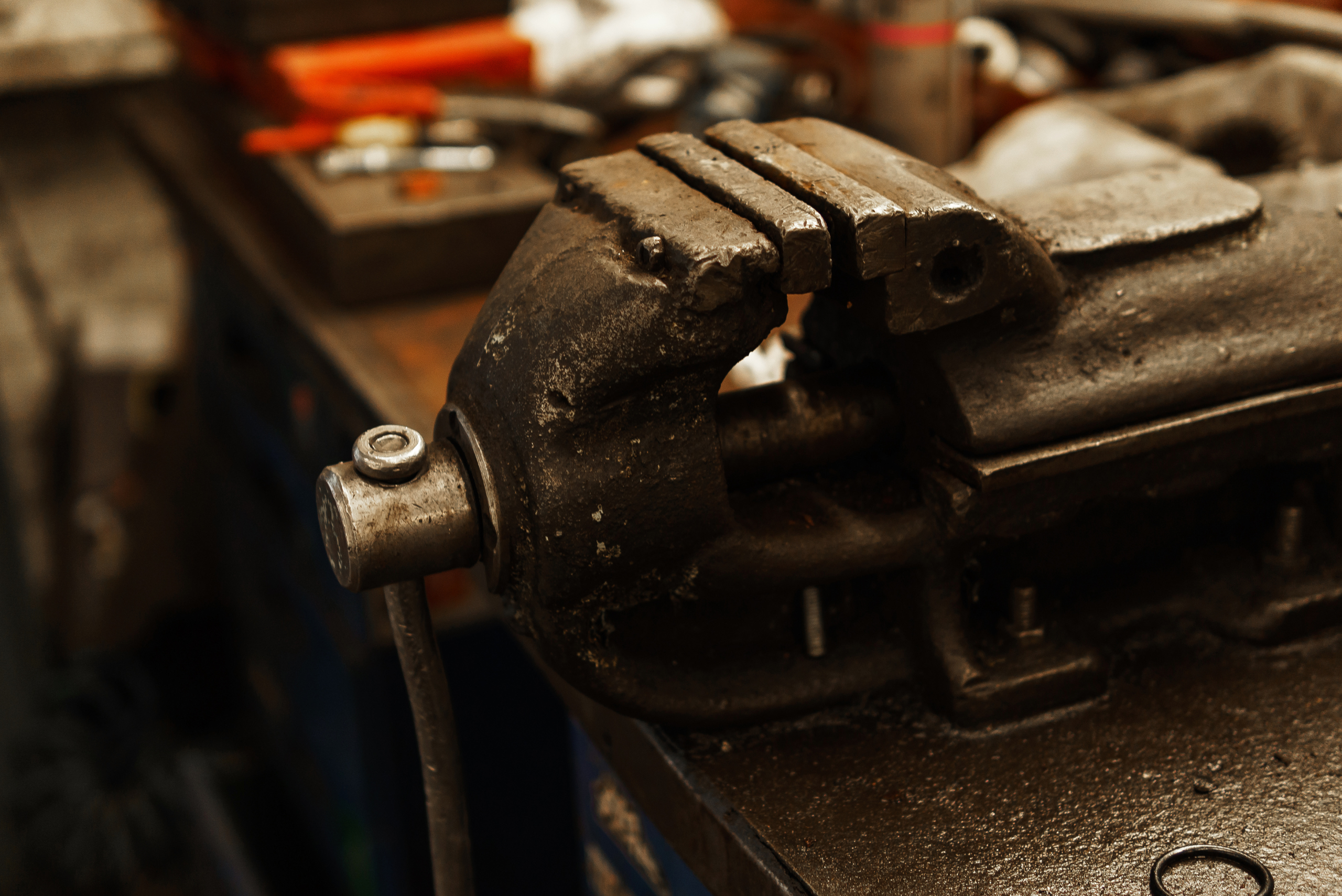
The jaws of your bench vise are crucial for maintaining a solid grip. Over time, they may loosen, impacting the vise’s stability and effectiveness. Regularly check the jaw alignment and tighten any loose bolts with the appropriate tool. If your vise has replaceable jaws, inspect these for wear and consider replacing them if they become too worn down to grip materials effectively.
It’s also essential to check that the jaws close evenly. Misaligned jaws can cause undue stress on your materials and make working more challenging. A quick alignment check and minor adjustments can significantly improve the vise’s grip and reduce the risk of damaging your projects.
Store Your Bench Vise Properly When Not in Use
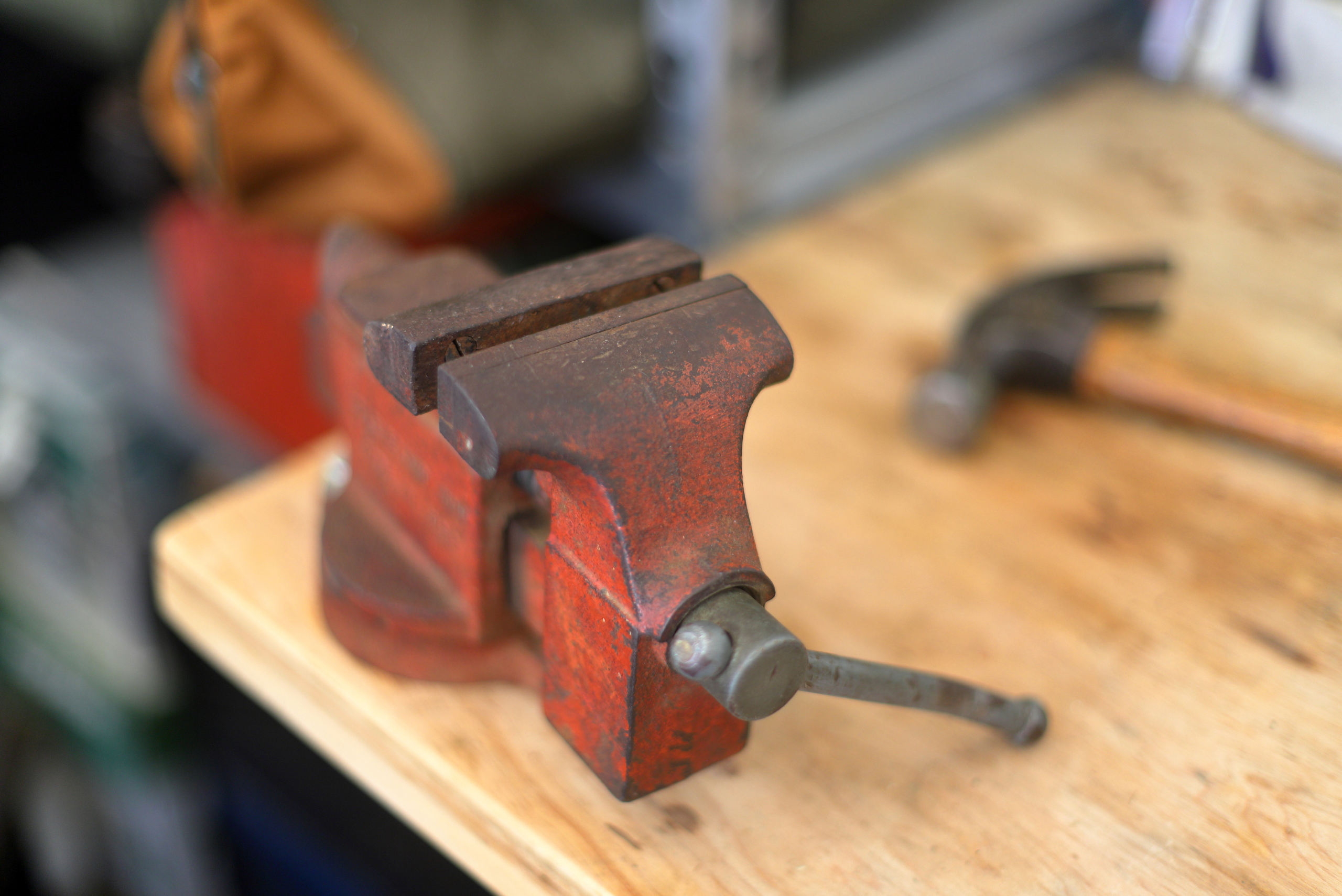
If you know you won’t be using your bench vise for an extended period, consider storing it properly to maintain its longevity. Detach it from your workbench if possible, or at least cover it to protect it from dust and moisture. Avoid leaving the vise fully closed for long periods, as this can lead to excess strain on the screw and other components. Instead, leave the jaws slightly open to alleviate any unnecessary tension.
For added protection, periodically clean and lubricate the vise before storing it. This ensures that it will be ready for immediate use when you need it again. Proper storage practices can extend the life of your bench vise, keeping it in top shape even if it sits idle for a while.
Related Articles
- How to Mount a Vise to Workbench Without Drilling: A DIY Guide to Mounting a Vise
- No Vise, No Workbench, No Problem: How to Hold Your Woodworking with a Simple Wooden Batten
- When and How to Use a Strap Wrench Effectively
Maintaining your bench vise doesn’t require specialized skills or time-consuming efforts. A little attention to cleaning, lubrication, rust prevention, and jaw alignment can keep this essential tool working smoothly for years. Incorporating these simple maintenance steps into your routine will help ensure your bench vise provides reliable support every time you need it. Taking care of your tools is an investment in the quality and ease of your projects, and with these tips, your bench vise will remain a dependable asset in your workshop.
Ready to start your next project? Join our DIY community to receive tool tips, how-to guides, and exclusive creative insights. Subscribe to the ManMadeDIY newsletter now! Click here to unlock a world of hands-on inspiration.






